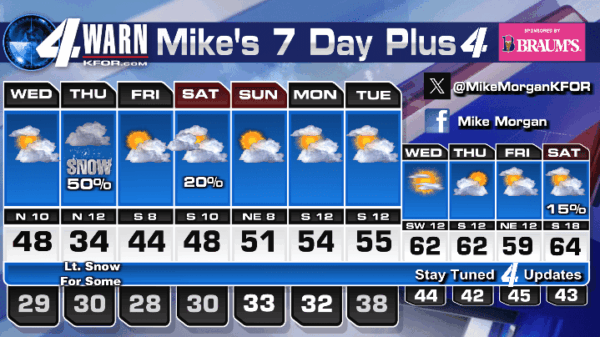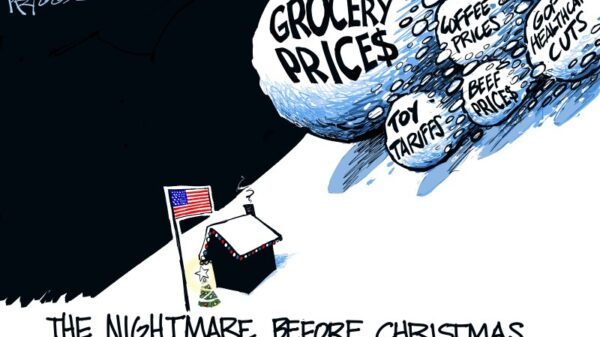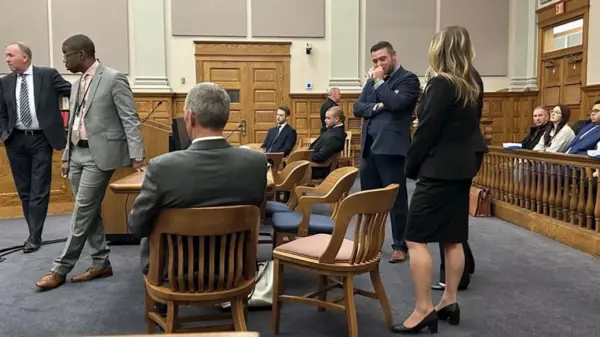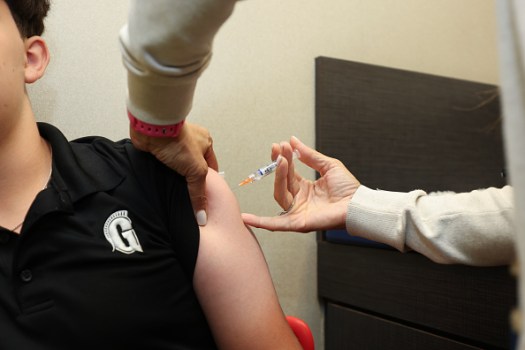The ongoing federal shutdown has significantly impacted states’ ability to monitor respiratory illnesses as the season for such diseases approaches. States are now relying on their own resources to detect potential outbreaks of COVID-19, influenza, and respiratory syncytial virus (RSV) due to the suspension of data services from the federal Centers for Disease Control and Prevention (CDC). This disruption raises concerns about the timely identification of illness clusters and the effectiveness of public health responses.
Without the CDC’s dashboards and expert analysis, state and local health officials face challenges in tracking disease indicators, including wastewater surveillance. This method has proven essential in providing early warnings about the spread of infections before individuals seek medical treatment. Dr. John T. Brooks, a former chief medical officer for the CDC’s Emergency COVID-19 Response, emphasized the importance of this data, stating, “This is one more piece of information to each American citizen to inform their decision… It really helps protect Americans by identifying communities where you may need to ramp up, raise awareness, remind people about hygiene.”
The absence of CDC data could impede states’ responses to health crises. Ericka McGowan, senior director for emerging infectious diseases at the Association of State and Territorial Health Officials, highlighted the potential risks, stating that without federal guidance, states might overlook significant public health issues. While many states perform their own health data collection, they often depend on the CDC for comprehensive analysis and public reporting.
For example, Washington state’s wastewater surveillance program typically utilizes CDC dashboards to share findings with the public. With the shutdown in effect, only state officials currently have access to these crucial insights, forcing them to reassess their reporting systems if the situation persists.
Caitlin Rivers, an associate professor at Johns Hopkins University, conducted a review of all 50 states to assess the impact of the shutdown on health data collection. She described the situation as “DIY surveillance,” where states must independently gather and analyze health information. In Georgia, officials had to pause the flu report that generally kicks off in October due to a lack of CDC data. However, the state is now working on a version that relies solely on its own data sources.
Despite these challenges, some states have managed to maintain their wastewater monitoring programs. For instance, Texas has successfully updated its health data during the shutdown, although it no longer receives new COVID-19 and RSV death statistics from federal sources. Health department spokesperson Chris Van Deusen stated, “We do our own surveillance for most metrics.”
North Carolina similarly gathers and interprets its own wastewater data with assistance from local health departments and the University of North Carolina. Normally, the CDC would contribute additional analysis and publish results on a national dashboard, but these actions are currently on hold.
Even when states have their own data, many local health departments depend on the CDC for expert analysis. McGowan pointed out that the lack of federal guidance creates a significant gap, as many localities lack the in-house expertise necessary to interpret data effectively.
Caitlin Rivers also noted concerning trends, citing an increase in emergency room visits among young children vulnerable to RSV in states such as Louisiana, South Carolina, Texas, and Virginia. She mentioned that hospitalizations are rising in Texas, which could indicate a broader public health challenge.
As the shutdown continues, health experts express concern about the ramifications for community health. Michael Hoerger, an associate professor at Tulane University, explained that the current lack of real-time data means states are “in a bit of a blackout.” While he can still provide national estimates, it does not address the specific needs of states facing unique challenges.
The current situation underscores the vital role of federal support in public health monitoring and response. As states navigate this uncharted territory, the implications for disease management and community health could be significant, particularly as respiratory illness season unfolds.






































































